Bushfire royal commission: One in three miss bushfire aid grants
Face-scanning tech was used to verify the identities of those that lost their homes and documents to the Black Summer bushfires.
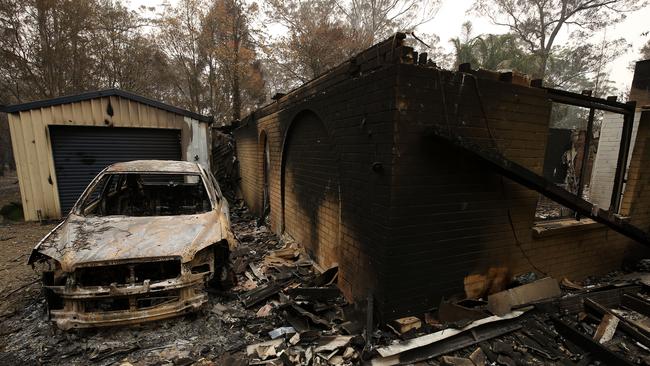
One in 10 people who applied for the one-off Disaster Recovery Payment after the Black Summer bushfires were unsuccessful, while one in three who sought the associated recovery allowance were rejected, the bushfires royal commission has heard.
Services Australia deputy chief executive Michelle Lees told the Royal Commission into National Natural Disaster Arrangements on Thursday that between September last year and last month, the agency had paid out more than $240m in recovery assistance payments and an extra $33m to those with children. Of those who applied for the Disaster Recovery Payment, 11 per cent were rejected, while 33 per cent of Disaster Recovery Allowance applications were not successful.
Asked by Commissioner Andrew Macintosh why the rate of rejection was so high, Ms Lees said the applicants may have lived outside an eligible local government area or the damage to their property was considered insufficient.
The commission has previously heard that some people had struggled to apply for support payments because their identity documents had been lost to the blaze.
Later, the head of the National Bushfire Recovery Agency, Andrew Colvin, told the commission many victims had been treated differently because of jurisdictional issues associated with the allocation of Disaster Recovery Payments.
“The reality is there are differences across jurisdictional boundaries and the experience of an Australian recovering from this event can vary depending on which side of an artificial line you sit,” he said.
Ms Lees said face-scanning technology had been used to verify the identities of those who lost their homes and documents to the bushfires in an attempt to speed up processing of relief payments, with people’s faces matched against stored biometric data from driver’s licences, passports and visa photos.
“There was a webcam where it took the image and through a portal matched it up with the other existing photographic ID,” she said. “We attempt to get money to people as quickly as possible and avoid them needing to attend a service centre.”
Ms Lees said the process was used only with full consent and only a small of number of people opted for other proof-of-identity mechanisms. “We continue to look at how we might build out the face verification service and biometrics identity utilisation more broadly,” she said.
The royal commission heard that the average processing time to be considered eligible for the one-off payments was six days, while the Disaster Recovery Allowance usually took 35 days.
Ms Lees said a new payment platform had expedited the process, allowing for immediate payment.
National Drought and North Queensland Flood Response and Recovery Agency co-ordinator Shane Stone called on the Morrison government to reclassify long-term droughts as natural disasters, describing it as the “elephant in the room”.
“It’s very hard to explain to a family why they can’t access the same level of support they are seeing up the road in the flood or down the road in the bushfire, or — if you take what happened in the bushfire — you had people who were in drought and also bushfires and then the virus,” he said. “There has to be a better level of consistency.”


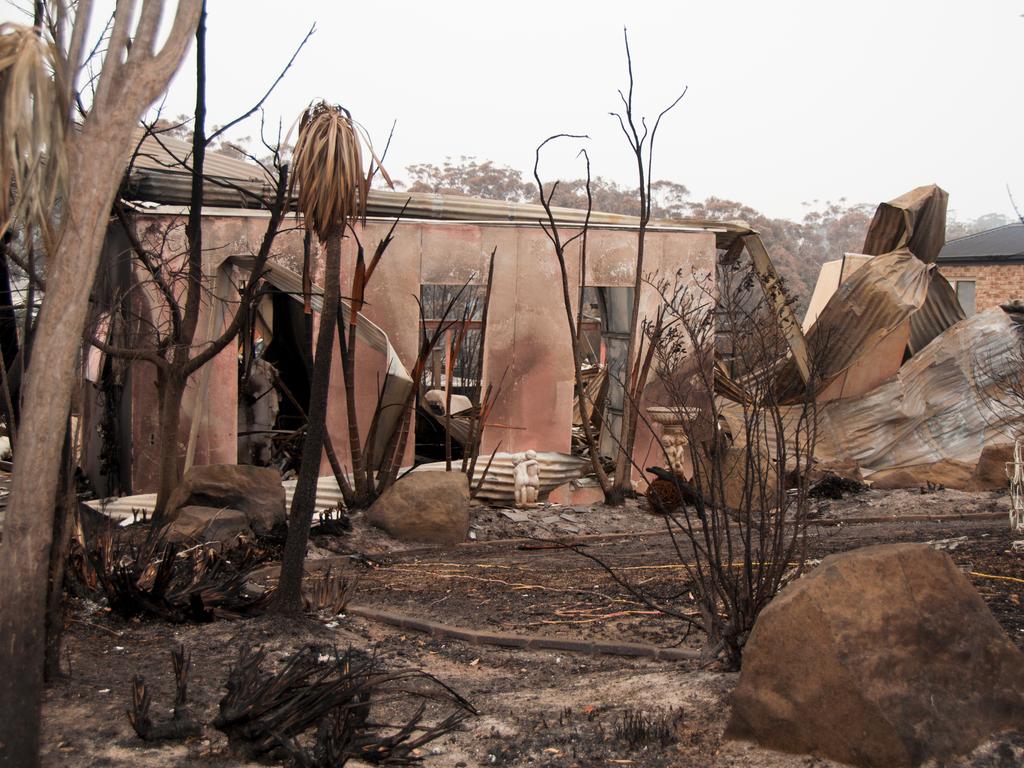
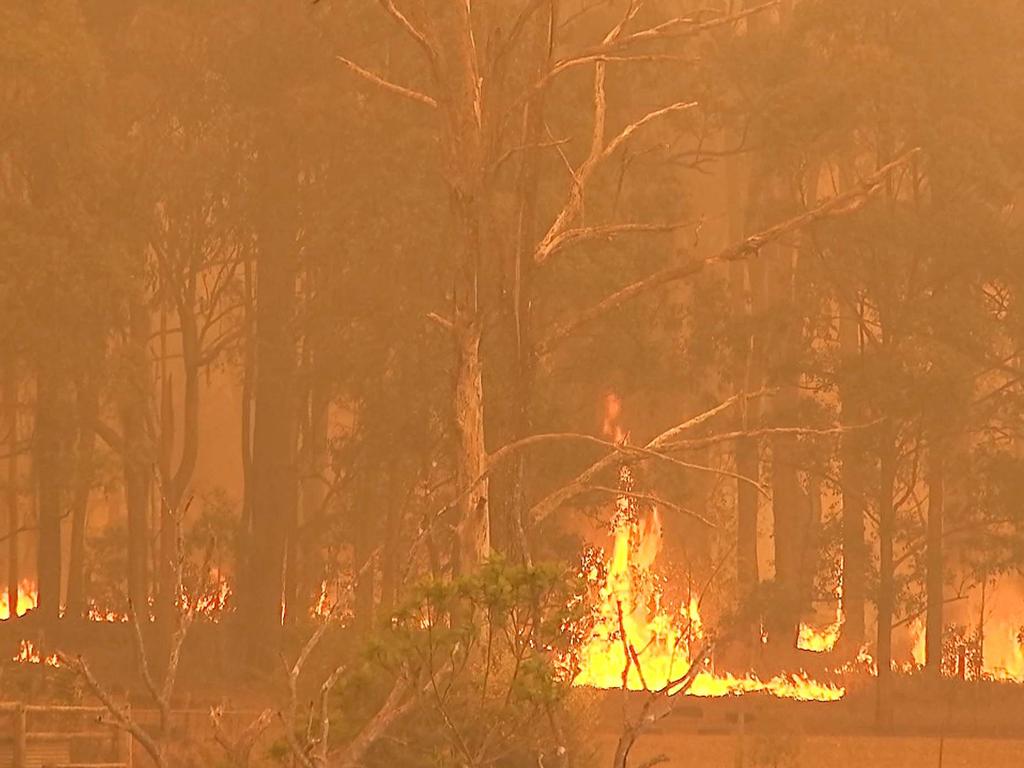
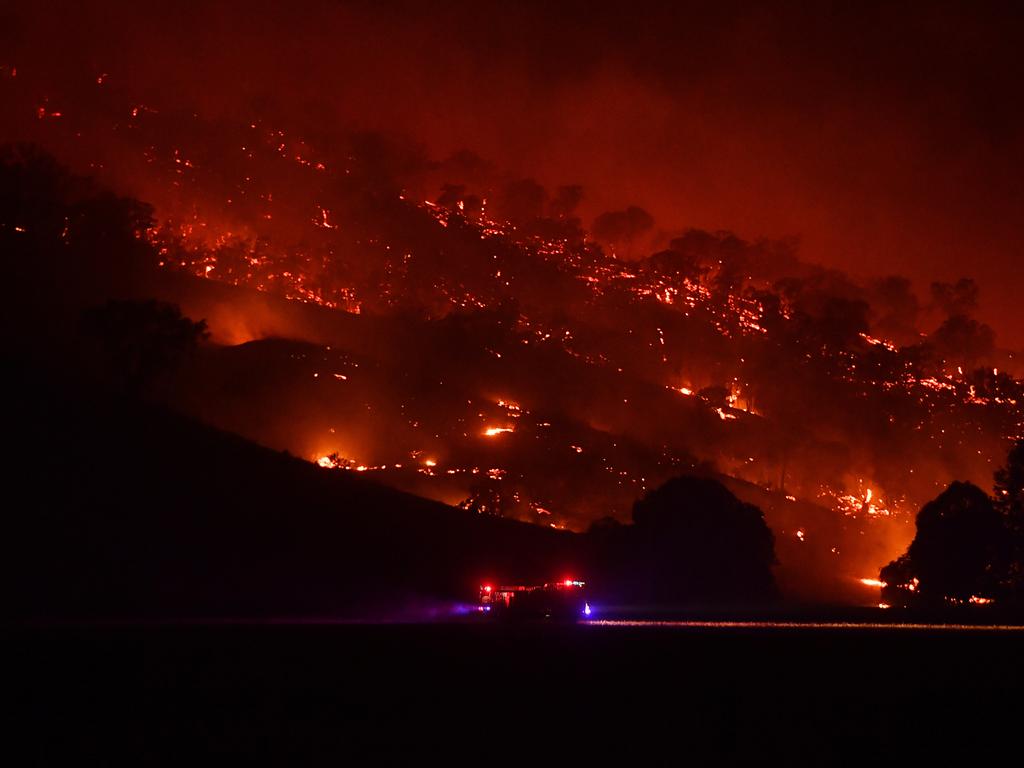
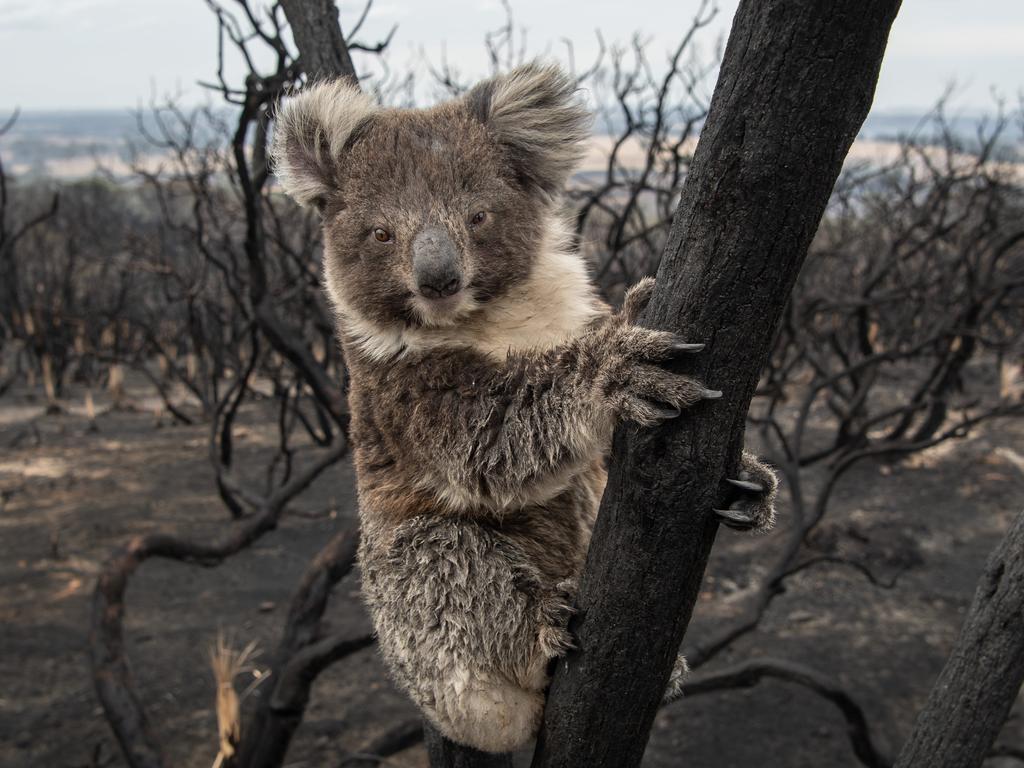


To join the conversation, please log in. Don't have an account? Register
Join the conversation, you are commenting as Logout